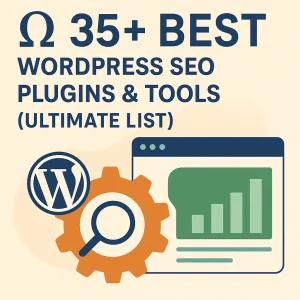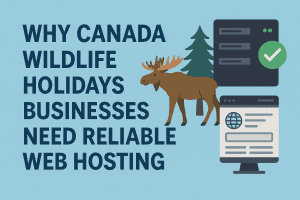 Being mobile friendly is the current ‘big thing’ going on in terms of search engine ranking for websites. If you are not just doing simple updates to your website, but rather replacing large portions of it in full, there are considerations to keep in mind. Maybe you are just handing your site redevelopment to a third party?
Being mobile friendly is the current ‘big thing’ going on in terms of search engine ranking for websites. If you are not just doing simple updates to your website, but rather replacing large portions of it in full, there are considerations to keep in mind. Maybe you are just handing your site redevelopment to a third party?
There are several other things at play than what can be visually seen, replacing your site structure could bring down your site’s rankings causing it to drop in terms of SERPs (which are “search engine results pages”)
So the following are some tips and guidelines to follow in order to keep your site safe from new Google penalties and to get your site maximum visibility in Google. Unfortunately, we all have to become Google conformists. Our society, our global culture as a whole, unfortunately believes in continuous centralization of power. Resistance is apparently futile.
1. Create a website map of your site
The first step is understanding where everything is placed on your website. If you have implemented SEO methodology in the past, then most likely at least a few pages rank well SERPs, and you don’t want to lose those gains when your website structure changes.
read_more
Screaming Frog - http://www.screamingfrog.co.uk/seo-spider/ is a free online tool that details your current website’s map. You can then begin matching it up to your new site design.
2. Concerning Your Website’s Platform
Different underlying technology for your website can have influence on your website’s ranking.
- Is your site straight HTML, HTML5, WordPress, or some other CMS? When you’re creating the new site, are you staying on the same platform, or are your changing it?
The platform you or your web developer choose is an important consideration. SquareSpace, Wix, Weebly are easy to setup, but can be limiting for future SEO efforts. WordPress offers a full SEO experience due to the many choices of third party plugins, for example, “WordPress SEO” offered by Yoast. Most importantly, make sure your website/platform has the capability to use 301 redirects, which has the power to re-link the former page location on your old site to your new site (more information below).
3. Mark down all file location changes
If you know how to work with a spreadsheet, it can help you with this step. Map pages between old and new link locations. What are known as “301 redirects” will be configured to bridge your old site links to new ones. By taking care in this step, you will avoid skipping pages when you migrate to your new website, and this will help with your new site’s ranking.
4. Internal & External Links
When launching your new site, search engines are not the only inbound traffic consideration. If there are a bunch of other websites out there linking to your interesting content, as soon as you launch your website suddenly all of those valuable inbound links are broken. Google’s own Webmaster Tools and another tool; “Majestic SEO” helps you compile a list of all known incoming links? The next step will show you what you can do to salvage those inbound links.
5. “301 Redirects”
Utilizing 301 Redirects (not to be confused with “302”s) is the surest way to keep your site’s rankings from falling in Google so make sure you redirect your former links when moving to a new website structure. A ‘302’ redirect tells Google that the intended redirection will only be temporary.
How do you implement redirects? WordPress plugins do a perfect job, including one called “Redirection.” No need for coding, all you have to do is type in the page’s old link, and then tell the plugin the new link you want the content forwarded to. Then, whenever someone clicks on an old link whether it is on your site or another site, visitors will land in the right place every time.
6. Optionally run a SEO audit before and after launching your new site
It is especially important to audit your new website once launched; it will help ensure that you didn’t miss anything in the move.
If you know all that an SEO audit entails, you can perform one on your own, but I recommend that you seek out a professional who knows exactly what they’re doing and what to look for. 4GoodHosting offers “white hat” SEO services ( https://4goodhosting.com/seo-services.html ). If you would like a quote please contact us today, we would be glad to help.
Summary:
Designing a new website and moving your content around can be a stressful process. However, these six steps, along with our affordable SEO services and SEO consulting services, can help give you peace of mind to know that your SEO efforts are not taking any frustrating ranking hits.














